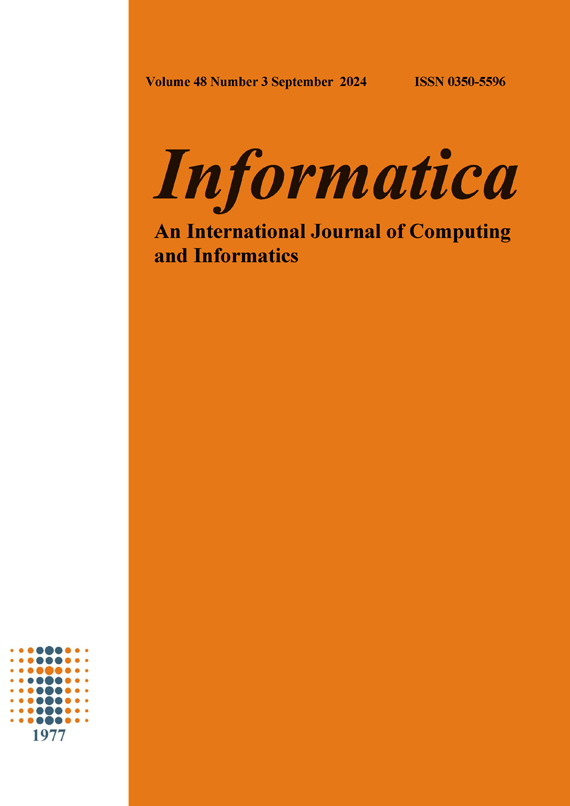CerConvNet: Cervical Cancer Cells Prediction Using Convolutional Neural Networks
DOI:
https://doi.org/10.31449/inf.v48i3.5905Abstract
Cervix cancer is a distinct form of cancer occurring in women, originating in the cells of the cervix, which is the region of the uterus connecting to the vagina. About 90% of cases of cervix cancer are related to human papillomavirus (HPV) infection. The mortality rate in developed nations has decreased because of routine HPV testing for women. The absence of reasonably priced healthcare facilities, however, continues to make it difficult for developing countries to offer inexpensive remedies. Therefore, developing an accurate algorithm for cervical cancer prediction is necessary to identify women who are at risk of developing this condition. Architectures of Deep Learning have been employed in recent years to construct accurate models for the prediction of cervical cancer. This study offers a unique, straightforward transfer learning frameworks ResNet50, DenseNet201, EfficientNetb1 and InceptionResNetV2, to classify cervical images using SIPaKMeD dataset and different performance measures are gathered and examined. Still, the recommended Densenet201 outperformed the most advanced methods.
Downloads
Published
Issue
Section
License
I assign to Informatica, An International Journal of Computing and Informatics ("Journal") the copyright in the manuscript identified above and any additional material (figures, tables, illustrations, software or other information intended for publication) submitted as part of or as a supplement to the manuscript ("Paper") in all forms and media throughout the world, in all languages, for the full term of copyright, effective when and if the article is accepted for publication. This transfer includes the right to reproduce and/or to distribute the Paper to other journals or digital libraries in electronic and online forms and systems.
I understand that I retain the rights to use the pre-prints, off-prints, accepted manuscript and published journal Paper for personal use, scholarly purposes and internal institutional use.
In certain cases, I can ask for retaining the publishing rights of the Paper. The Journal can permit or deny the request for publishing rights, to which I fully agree.
I declare that the submitted Paper is original, has been written by the stated authors and has not been published elsewhere nor is currently being considered for publication by any other journal and will not be submitted for such review while under review by this Journal. The Paper contains no material that violates proprietary rights of any other person or entity. I have obtained written permission from copyright owners for any excerpts from copyrighted works that are included and have credited the sources in my article. I have informed the co-author(s) of the terms of this publishing agreement.
Copyright © Slovenian Society Informatika








